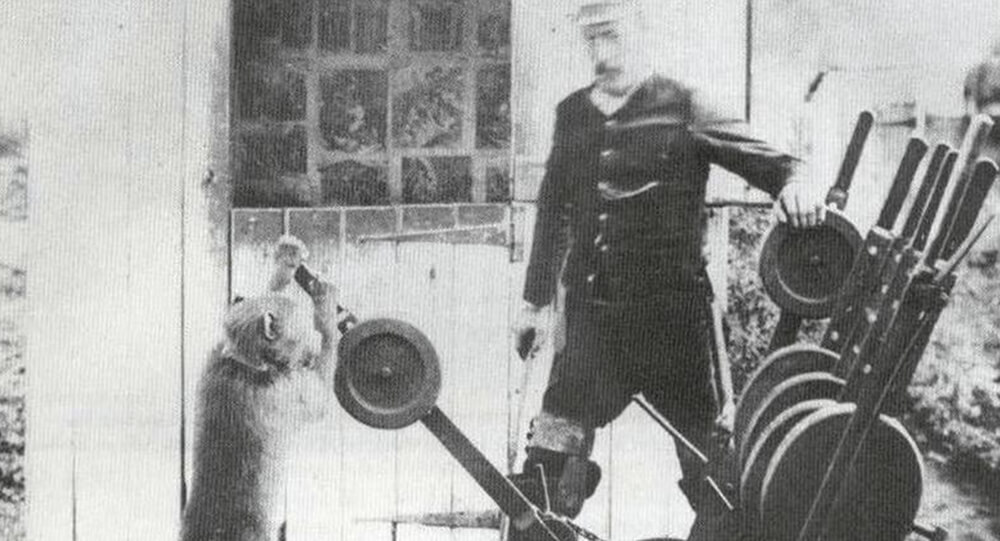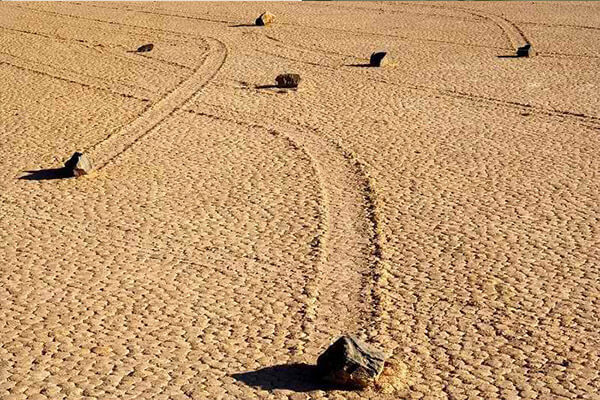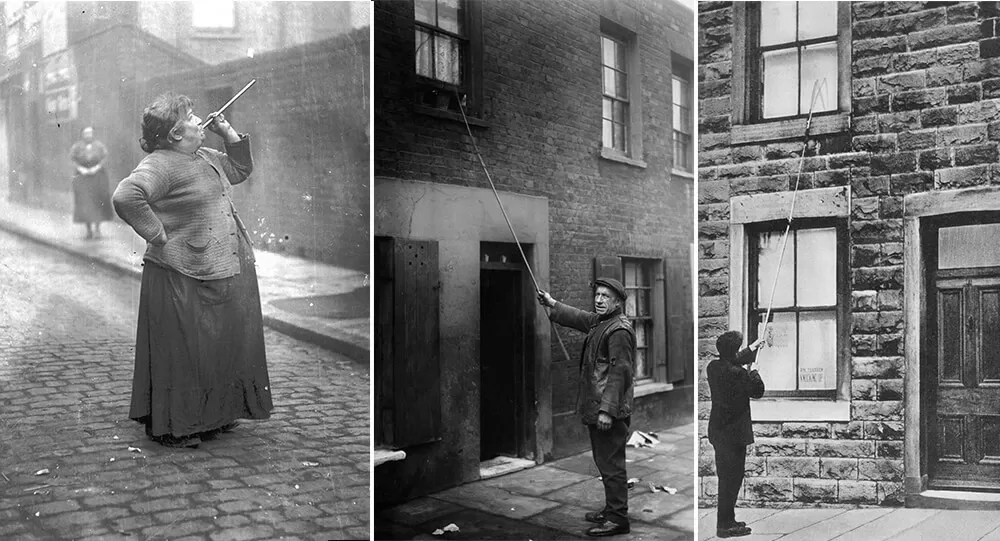On the Port Elizabeth Mainline Railroad in the late 1800s, an unusual sight might be seen by anyone traveling through Cape Town, South Africa: a baboon manning the switchboard. This was not some Planet of the Apes situation; on the contrary. Jack the Baboon, a perceptive animal, spent nine years working on the railroad and providing Jumper, a paraplegic man, with company. His unusual tale demonstrates that animals are far more intelligent than we give them credit for and is full of charm and a certain type of cunning that will make you pine for the days when trains traveled the world.
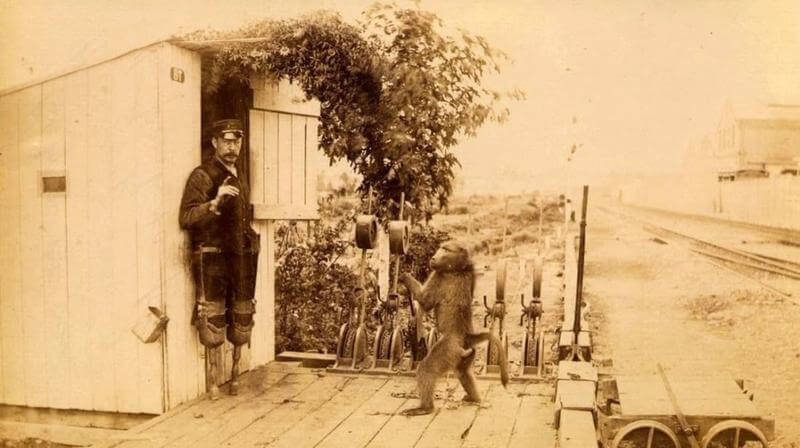
James Wide, a signalman, ran the Port Elizabeth Mainline Railroad before Jack came into the picture. Wide, who was known to his friends by the nickname “Jumper,” was known for frequently leaping from rail to rail and occasionally from car to car, but in 1877, he slipped and fell under a moving train. Jumper lived through the collision but was left without his legs. His days of jumping were over, and he was no longer the signalman he once was, so he made a set of wooden peg legs and tried his best to maneuver a trolly. The 1800s, however, were a much stranger era, and one day Jumper saw a man in the town with a baboon.
He persuaded the man to sell him the primate, Jack, and quickly taught him how to operate a wheelchair. Jumper had a brilliant idea after being pleasantly surprised by Jack’s knowledge. Jumper reasoned, “If he can do that, why couldn’t he operate a signal box?”
There was no monkey business on the railroad
In a cottage located half a mile from the railroad, Jumper and Jack the Baboon shared a home. The man and his primate companion walked up the hill every morning to the depot, where Jack quickly picked up how to operate the signals that instructed engineers which tracks to take. Every time an engineer needed to obtain more fuel, they had to alert the baboon because he also held the key to the coal sheds at the depot. Jack was paid $0.20 per day and half a bottle of beer per week for his diligent work. He was living the high life for a baboon.
Jack was so good that no one knew a baboon was operating a railway
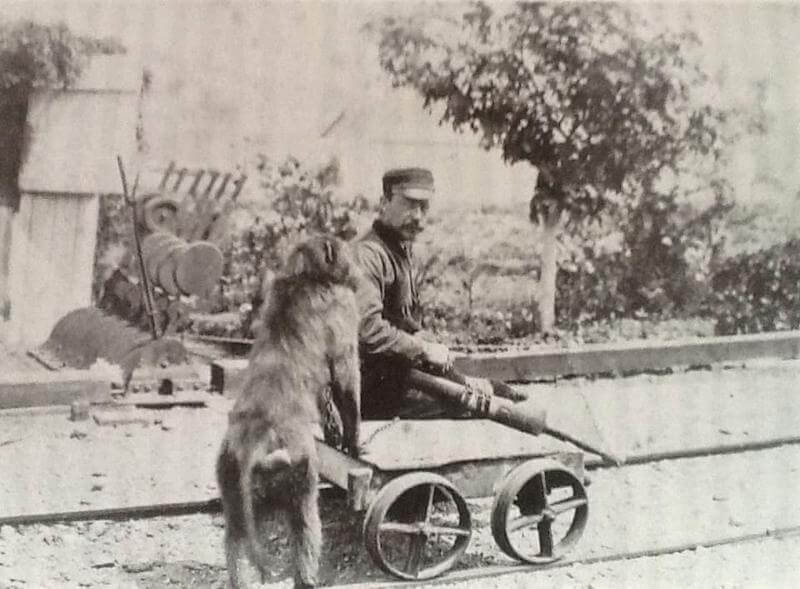
Not only did Jack the Baboon do a decent job, but he might have been the best worker at the depot. Obviously, the people riding the trains that sped along his railroad were unaware of this, and when they realized that a baboon was in charge of their lives, they naturally tended to panic. An investigation was started by a passenger who saw Jack at work and complained to the railroad; however, Jumper made no attempt to conceal the fact that he employed a baboon. He was pleased with Jack. Sadly, they were both fired right away. It appears that not everyone values effort.
The public is proven wrong
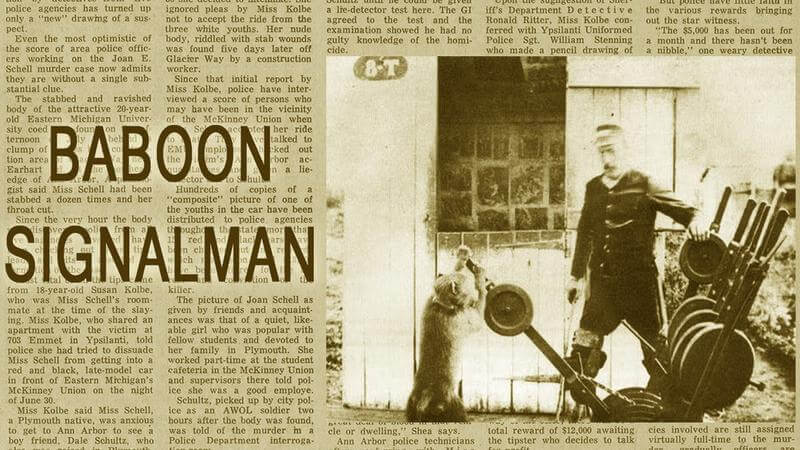
In 1880, there weren’t many opportunities for a baboon companion and a peg-legged railroad worker. The odd couple’s precarious situation was made worse by the fact that losing their jobs also meant losing their cottage. Jumper begged the railroad’s system manager to put Jack through a test to demonstrate his competency so the friends could keep their jobs as they faced terrible destitution. Jack achieved a perfect score. Everyone in the situation agreed that Jack was an excellent worker and a pleasure to work with.
Jack worked for nine years without incident
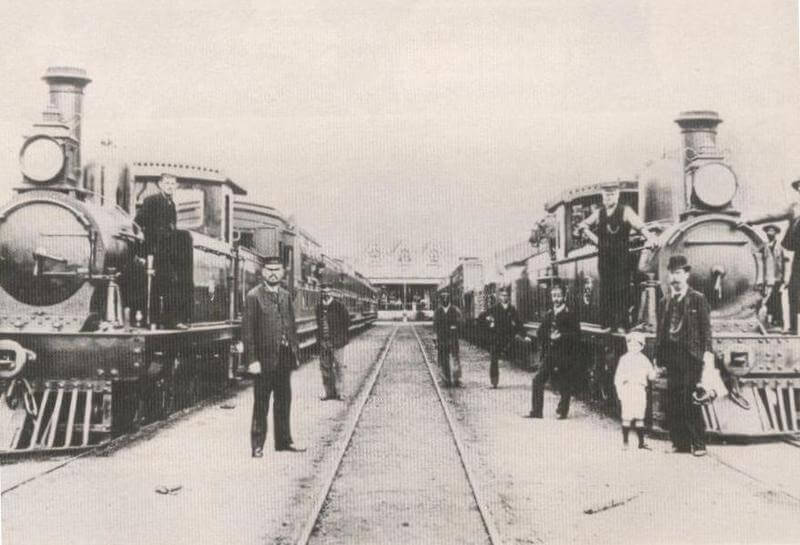
Whatever reservations the narrow-minded people who questioned Jack may have had, they were repeatedly disproven. Jack the Baboon worked for the railroad for nine years and never had an accident. He was a night watchman who ensured that trains arrived at the depot on time and deterred trespassers. Unfortunately, he succumbed to the 19th century and died of tuberculosis in 1890 after working for almost ten years.
Jack is such a beloved treasure of South Africa that his skull is still on display at the Albany Museum in Grahamstown, South Africa, serving as a reminder to everyone who visits that they have no excuse to slack off on the job. His legacy lived on among his fellow rail workers, who could only aspire to his level of perfectionism despite the fact that they towered over the little primate.
